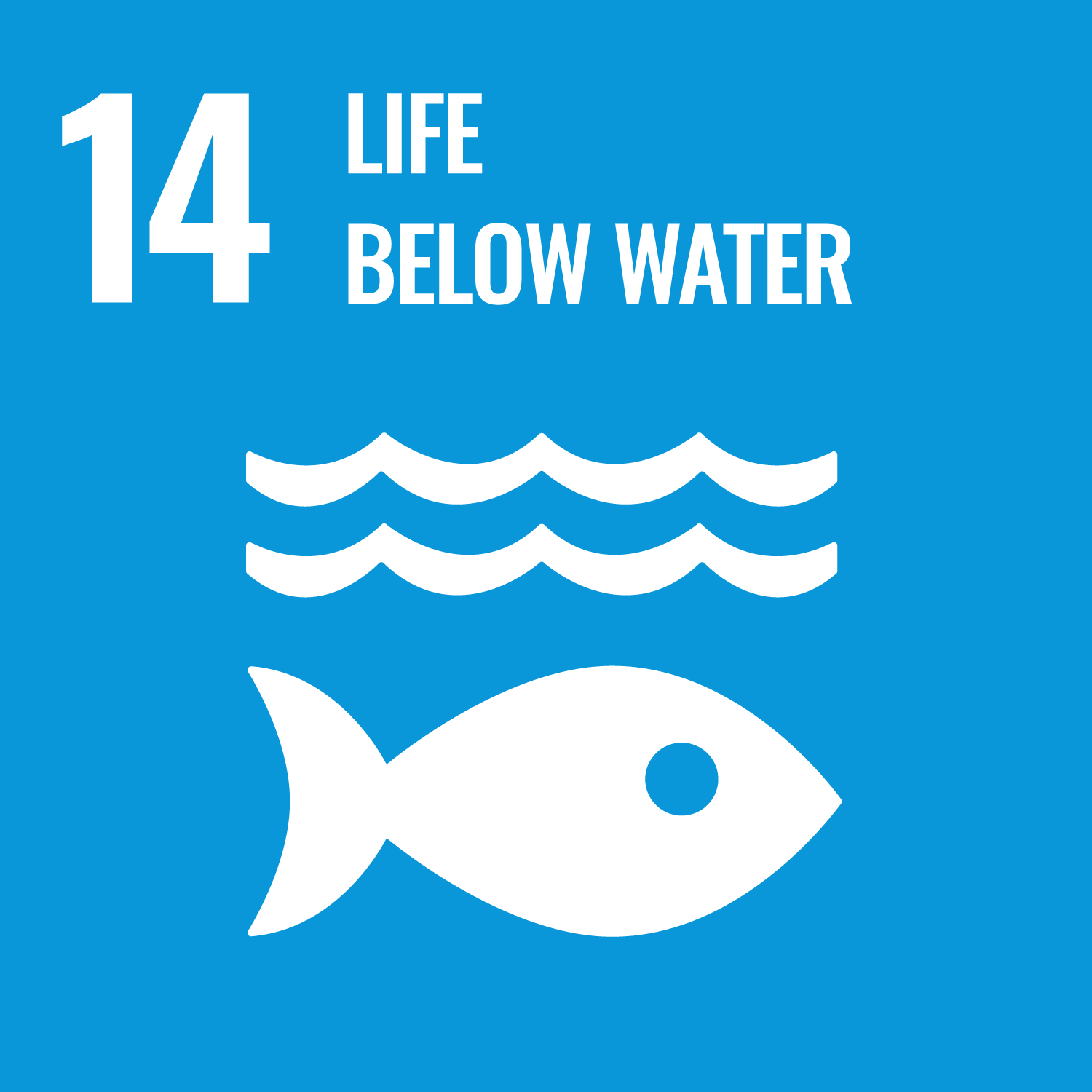ORCID
- Nicola L. Foster: 0000-0001-9796-1753
- Sian Rees: 0000-0001-9606-783X
- Martin J. Attrill: 0000-0002-4039-031X
Abstract
Marine protected areas (MPAs) are a management tool used to respond to human-derived threats in marine ecosystems. Historically, MPAs have been established on an individual ad hoc basis, rather than through a systematic, planned process. However, high levels of functional and spatial connectivity within marine ecosystems have led to the suggestion that networks of MPAs provide greater ecological benefits than individual MPAs. Consequently, international policy has developed to consider broader spatial requirements for marine conservation, resulting in a number of international and regional agreements that require the establishment of ecologically coherent MPA networks. Existing MPAs are now being considered, retrospectively, alongside new designations, as networks of MPAs across regions, both nationally and internationally. Under the Marine Strategy Framework Directive (MSFD), France, the Republic of Ireland, and the UK (including Northern Ireland and the Isle of Man) are required to work together to ensure coordinated development of marine strategies for the Celtic Seas subregion. Accordingly, MPAs have been identified as crucial components of the programme of measures to achieve Good Environmental Status (GES) under the MSFD. Here, we provide the first ecological coherence assessment of an MPA network spanning an MSFD subregion. A network of 533 MPAs, or parts thereof, across the Celtic Seas subregion was assessed using five criteria and two methodologies, with a focus on broadscale habitats. While the Celtic Seas MPA network as a whole is not ecologically coherent (according to accepted thresholds), progress toward a number of global targets has been achieved, for example, protection of 10% of marine and coastal areas under the Convention on Biological Diversity. Further, all MSFD predominant habitat types assessed are adequately represented and replicated within the network. However, a number of gaps were identified, including a lack of MPAs in offshore and deeper areas, and inadequate proportions of predominant habitat types within MPAs. Addressing these gaps to enable the MPA network to fulfill its critical role in the delivery of GES under the MSFD will require both national progress toward designation of adequate and viable MPAs and transboundary agreements and coordination of MPA designation processes at the European level.
DOI Link
Publication Date
2017-02-10
Publication Title
Ecosphere
Volume
8
Issue
2
Acceptance Date
2016-12-19
Recommended Citation
Foster, N., Rees, S., Langmead, O., Griffiths, C., Oates, J., & Attrill, M. (2017) 'Assessing the ecological coherence of a marine protected area network in the Celtic Seas', Ecosphere, 8(2). Available at: 10.1002/ecs2.1688



